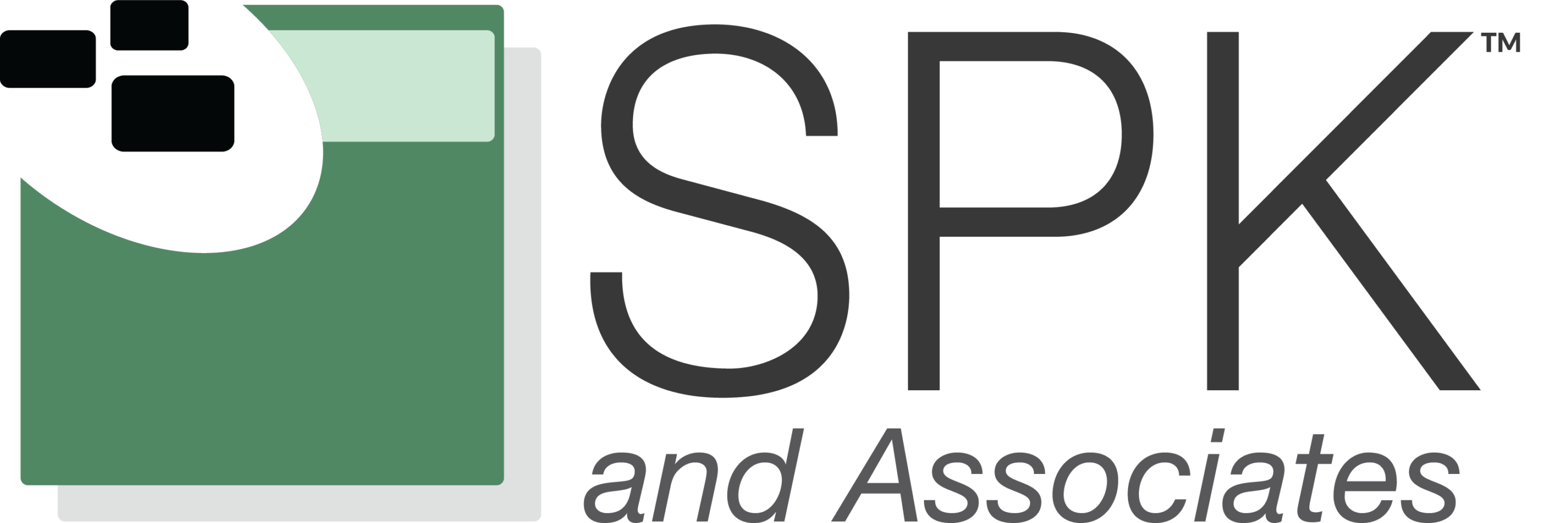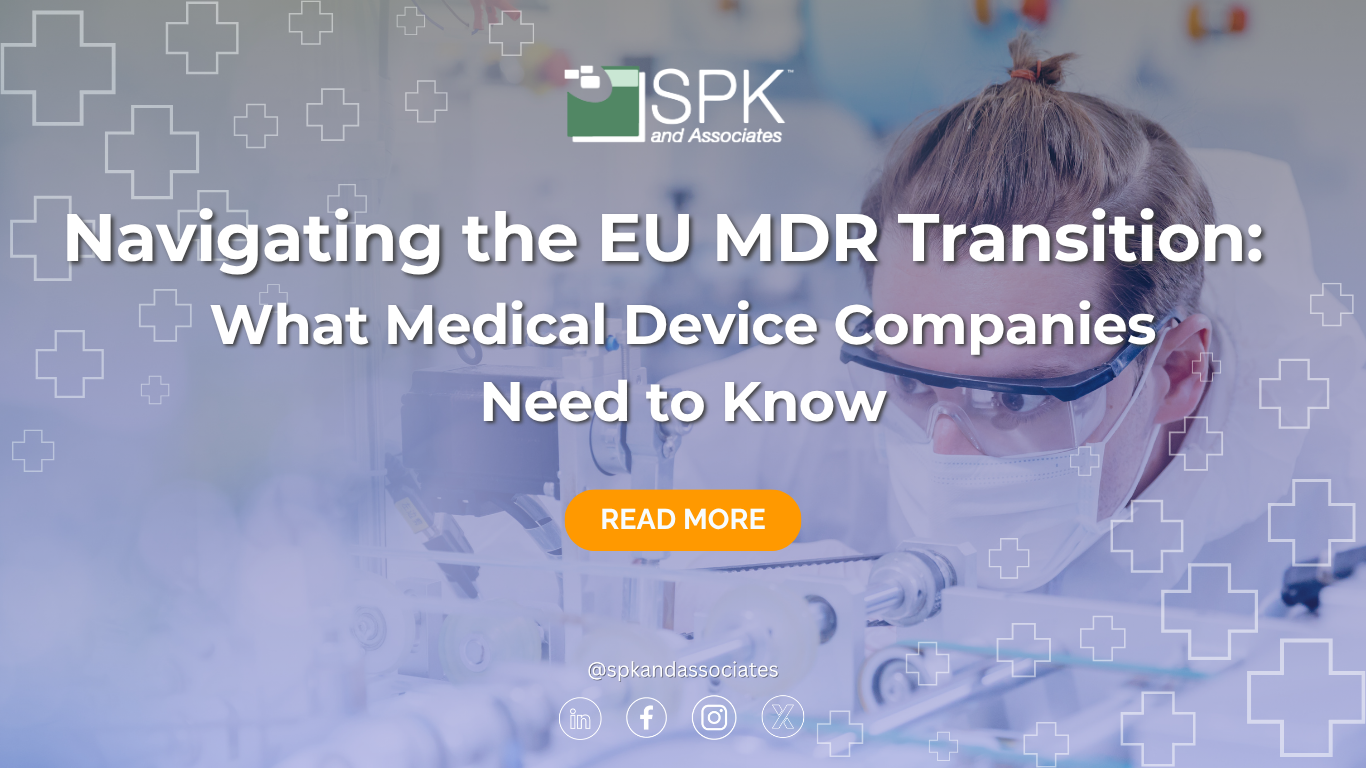The EU Medical Device Regulation (EU MDR) transition is a significant regulatory shift that medical device companies must take seriously. Replacing the previous Medical Device Directive (MDD), the EU MDR (Regulation (EU) 2017/745) introduces more stringent requirements to ensure patient safety and product transparency. In this blog, we will explore what medical device companies need to know.
Understanding the Timeline of EU MDR
The EU MDR officially became applicable on May 26, 2021, introducing a new era of regulatory oversight for medical devices in Europe. However, recognizing the scale of the shift, regulators provided transition periods for devices previously certified under MDD or AIMDD. Legacy device certificates issued before May 26, 2021, under MDD/AIMDD may remain valid until May 2027/2028, while others may have expired on May 26, 2024. This differentiation depends on device classification and compliance conditions.
This regulation provided a critical lifeline for companies struggling to meet MDR timelines. However, the extension comes with strict conditions. The first is that devices must continue to meet MDD compliance requirements. The next is that individuals must make no significant changes to design or intended use. Finally, the last condition is that a formal transition plan must be in place with a Notified Body by May 26, 2024. Organizations that fail to meet these conditions risk market withdrawal.
Key Changes Under EU MDR
EU MDR is not just a revision; it’s a regulatory overhaul. Here are some of the most impactful changes medical device companies must address:
- Stricter Clinical Evidence Requirements: All devices, including legacy and lower-risk classes, require robust clinical data. Equivalence arguments are more limited under MDR, increasing the need for new evaluations and trials.
- More Detailed Classification Rules: Devices are now categorized under a more nuanced set of rules, often leading to up-classification (e.g., software or certain implantables), requiring more rigorous conformity assessment processes.
- Enhanced Post-Market Surveillance (PMS): Companies must establish ongoing surveillance procedures, including Periodic Safety Update Reports (PSURs) and vigilance reporting.
- Unique Device Identification (UDI): Every device must carry a UDI to improve traceability, streamline recalls, and enhance safety monitoring.
- Mandatory EUDAMED Registration: All devices, economic operators, and certificates must be logged in the EUDAMED database. While EUDAMED’s full deployment is still in progress, companies must prepare now.
- Elevated Role of Notified Bodies: Fewer Notified Bodies have been designated under MDR, resulting in bottlenecks, longer review times, and stricter audits.
Common Challenges Related to EU MDR
The transition to MDR has exposed several hurdles, particularly for small and mid-sized manufacturers.
Notified Body Availability
There is a mismatch between the number of companies seeking MDR certification and the limited number of designated Notified Bodies. Many firms face long wait times or delays in scheduling assessments.
Organizational Resource Constraints
Complying with MDR requires cross-functional coordination, clinical expertise, and regulatory knowledge. All of these requirements can strain smaller organizations.
Documentation Overhaul
Companies must significantly update technical files, labeling, risk management documentation, and Quality Management Systems (QMS) to meet MDR’s elevated standards. This can be limited by a poor eQMS or by not having a non-electronic QMS. There are ways around this with a practical eQMS implementation.
Managing Dual Regimes
Juggling ongoing MDD compliance for legacy products while transitioning new or modified devices to MDR adds operational complexity and regulatory risk.
Best Practices for EU MDR Compliance
The path to successful MDR compliance requires both a tactical and strategic approach. Here are proven best practices to help companies stay on track:
1. Conduct a Thorough Gap Assessment: Identify where your current documentation, processes, and clinical data fall short of MDR requirements. Prioritize remediation based on device class and market risk. If you don’t have the capacity or proper knowledge to conduct this gap analysis, SPK’s team can assist.
2. Engage with a Notified Body Early: Capacity is limited. Initiate conversations and submit your applications early to avoid certification delays.
3. Update Your QMS: Align your quality systems with both ISO 13485:2016 and MDR-specific expectations around risk management, complaint handling, and PMS.
4. Reinforce Clinical Evidence: Start building new clinical data where necessary. Consider post-market studies or enhanced literature reviews to close gaps in legacy devices.
5. Monitor Regulatory Changes: MDR is still evolving. Stay up to date with EU Commission guidance, Notified Body position papers, and EUDAMED developments to ensure continued compliance.
Is Your Medical Device Company Ready to Navigate EU MDR?
EU MDR is more than a regulatory hurdle. It’s an opportunity to elevate your product quality, compliance posture, and competitive edge. Medical device companies that embrace the transition strategically will be better positioned to serve global markets, win customer trust, and streamline operations. At SPK and Associates, we help medical device companies bridge the gap between engineering, regulatory, and IT requirements. We have extensive experience working with complex transitions such as MDR. Whether you’re updating your QMS, preparing technical documentation, or navigating Notified Body challenges, we’re here to help. Contact us today to discuss how we can support your EU MDR readiness and compliance goals.











